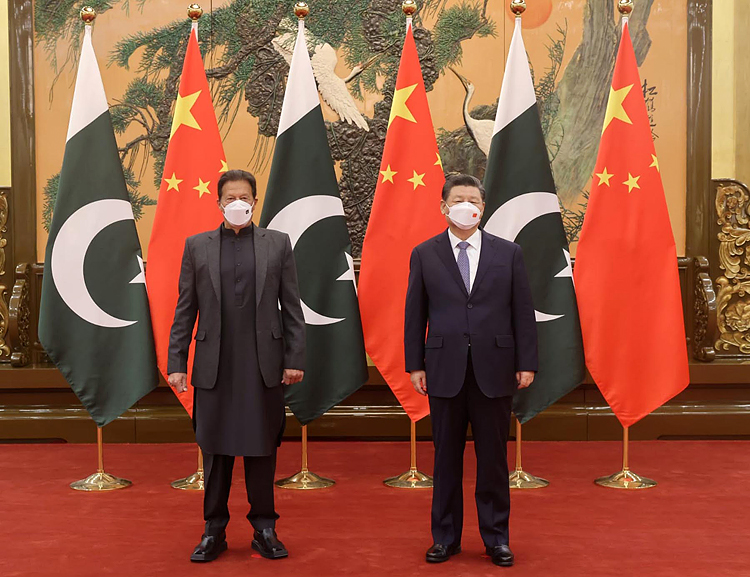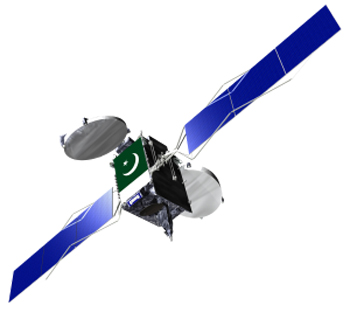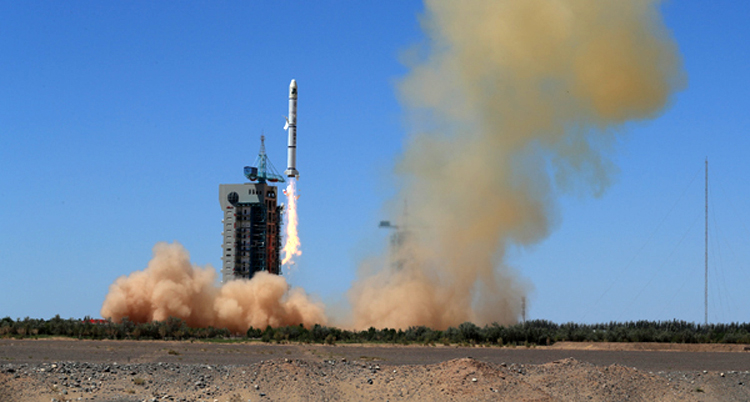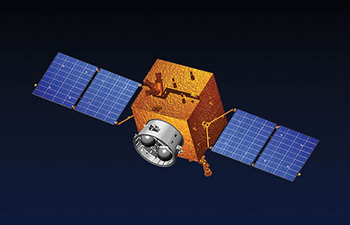INDIAN ARMED FORCES CHIEFS ON OUR RELENTLESS AND FOCUSED PUBLISHING EFFORTS

The insightful articles, inspiring narrations and analytical perspectives presented by the Editorial Team, establish an alluring connect with the reader. My compliments and best wishes to SP Guide Publications.

"Over the past 60 years, the growth of SP Guide Publications has mirrored the rising stature of Indian Navy. Its well-researched and informative magazines on Defence and Aerospace sector have served to shape an educated opinion of our military personnel, policy makers and the public alike. I wish SP's Publication team continued success, fair winds and following seas in all future endeavour!"

Since, its inception in 1964, SP Guide Publications has consistently demonstrated commitment to high-quality journalism in the aerospace and defence sectors, earning a well-deserved reputation as Asia's largest media house in this domain. I wish SP Guide Publications continued success in its pursuit of excellence.
- Operation Sindoor: Resolute yet Restrained
- India’s Operation Sindoor Sends a Clear Message to Terror and the World – ‘ZERO TOLERANCE’
- Japan and India set forth a defence cooperation consultancy framework, talks on tank and jet engines
- Terrorist Attack in Pahalgam in Kashmir: Unfolding a long surgical war against PAK
- Lt General Pratik Sharma takes over Command of Indian Army's Northern Command
China-Pakistan Space Cooperation
Earlier this year, China announced plans to boost space cooperation with Pakistan, including the development of a space centre and launching of more Pakistani satellites
 |
The Author is Former Director General of Information Systems and A Special Forces Veteran, Indian Army |

Pakistan’s space organisation, ‘Space and Upper Atmosphere Research Commission’ (SUPARCO) was established in 1961, eight years before the Indian Space Research Organisation (ISRO). But being in partnership with NASA and the US Air Force (USAF), Pakistan launched its first rocket Rehbar-1 on June 7, 1962 – becoming the first nation in South Asia to do so. This was a terrific start but a slowdown followed perhaps because of lack of interest in science and technology plus the political will. Rehbar was a 2-stage rocket, with its primary mission to study the wind structures of the Earth’s upper atmosphere. Its data received also provided insights on the weather conditions of the Arabian Sea, which led to establishment of a Doppler Radar Tracking Station in Pakistan.
Thereafter, SUPARCO organised its Remote Sensing Research Group, leading to the establishment of National Remote Sensing Centre in 1980 – called ‘Resacent’. SUPARCO also became a participating member of the United Nations Committee on the Peaceful Uses of Outer Space (COPUOS) as well as of the Committee on Space Research (Cospar) which was a committee of the International Council of Space Unions (ICSU).
In July 2011, Pakistan’s National Command Authority laid down the Space Program 2040. In August 2011, Pakistan launched a communications satellite ‘PAKSAT-1R’ with the assistance from China.

In July 2011, Pakistan’s National Command Authority laid down the Space Program 2040, which subsequently came to be known as the Space Vision 2047. Under this program, Pakistan planned to launch a total of six Geosynchronous Equatorial Orbit (GEO) satellites and five (LEO) Low-Earth Orbit satellites. In August 2011, Pakistan launched a communications satellite ‘PAKSAT-1R’ with the assistance from China.
In 2014, Pakistan shifted from the American Global Positioning System (GPS) to China’s BeiDou, becoming the first country in the world to do so. In 2018, Pakistan launched two satellites in orbit using China’s Long March rockets; Pakistan Remote Sensing System (PRSS-1) purchased from China and indigenous Technology Evaluation Satellite (PAKTES-1A).
In July 2019, Pakistan announced it will send its first astronaut to space in 2022 using China's satellite launching facilities. This came three days after India successfully launched its second lunar mission Chandrayaan-2. Fawad Chaudhry, Pakistan’s Minister for Science and Technology tweeted, "Proud to announce that selection process for the first Pakistani to be sent to Space shall begin from February 2020. 50 people will be short listed. The list will then come down to 25 and in 2022 we will send our first person to space. This will be the biggest space event of our country." Chaudhry said the Pakistani Air Force will play a lead role in the selection process for the space mission.

On January 28, 2022, China announced plans to boost space cooperation with Pakistan, including the development of a space centre and launching of more Pakistani satellites. Pakistan figures many times in a white paper titled "China's Space Program: A 2021 Perspective", released by the State Council or the Central Cabinet, outlining future expansion plans for China's burgeoning space industry, which has successfully launched missions to the Moon and Mars. The White Paper said that China will "give priority to developing communications satellites for Pakistan and to cooperate for the construction of the Pakistan Space Centre".
In July 2019, Pakistan announced it will send its first astronaut to space in 2022 using China's satellite launching facilities and that Pakistani Air Force will play a lead role in the selection process for the space mission

The White Paper also mentions the following:
- China has completed the in-orbit delivery of the Pakistan Remote-Sensing Satellite (PRSS-1), Venezuelan Remote-Sensing Satellite (VRSS-2), Sudan Remote-Sensing Satellite (SRSS-1), and the Algerian Communications Satellite (Alcomsat-1).
- China has provided satellite carrying or launching services for many countries like Saudi Arabia, Pakistan, Argentina, Brazil, Canada and Luxembourg.
- China has conducted space product and technology cooperation with countries, including Russia, Ukraine, Belarus, Argentina, Pakistan, and Nigeria, the white paper said.
- Beijing will advance the construction and application of the BRICS (Brazil, Russia, India, China, South Africa) remote-sensing satellite constellation. China has signed cooperation agreements for the BRICS Remote-Sensing Satellite Constellation, cooperated with the European Space Agency on earth observation satellite data exchange, and built the China-ASEAN Satellite Information Offshore Service Platform and the Remote-Sensing Satellite Data-Sharing Service Platform.
China’s state-media quoting the White Paper said that the International Lunar Research Station (ILRS), jointly proposed by China and Russia, is expected to become operational by 2035: "Governments of China and Russia are working closely on the ILRS agreements and have basically reached a consensus, and the agreement will hopefully be signed later this year. After that, a joint declaration on the project will be announced to the world by the national space agencies of the two countries."
Moscow confirms that Russia and China will sign an agreement possibly by the end of this year for the creation of a lunar station
Moscow confirms that Russia and China will sign an agreement possibly by the end of this year for the creation of a lunar station. The presentation of the roadmap for the International Scientific Lunar Station Roscosmos and CNSA was held at the GLEX-2021 conference in June 2021. The construction of the facility should be fully completed by 2035. By the end of the decade, Beijing plans to put into operation the super-heavy carrier "Changzheng-9", which will make it possible to carry out manned flights to the satellite. Concurrently, Russia will develop the super-heavy Yenisei rocket. Both sides are also actively developing next-generation spacecraft. The International Lunar Station is to be built in several stages. Two missions are planned (2026-2030) to develop technologies for landing and delivering cargo, as well as retrieving lunar rock samples. During 2031-2035, infrastructure is to be deployed in orbit and on the surface of an earth satellite.
René Pichel, head of the European Space Agency (ESA) permanent mission in Russia, had said last year that in addition to Russia and China, other parties may join the project, saying, “At the moment, the ESA (European Space Agency) continues internal discussions with participating countries on the possibility of participating in the International Scientific Lunar Station project.” The West is unlikely to participate in this China-Russia venture. Russia is likely to invite India also to participate.





